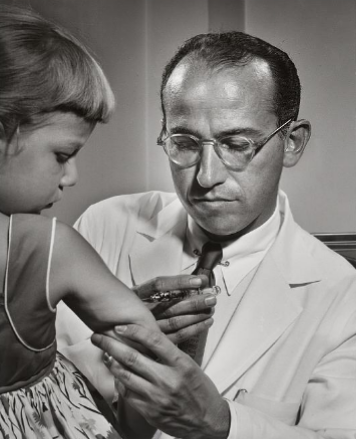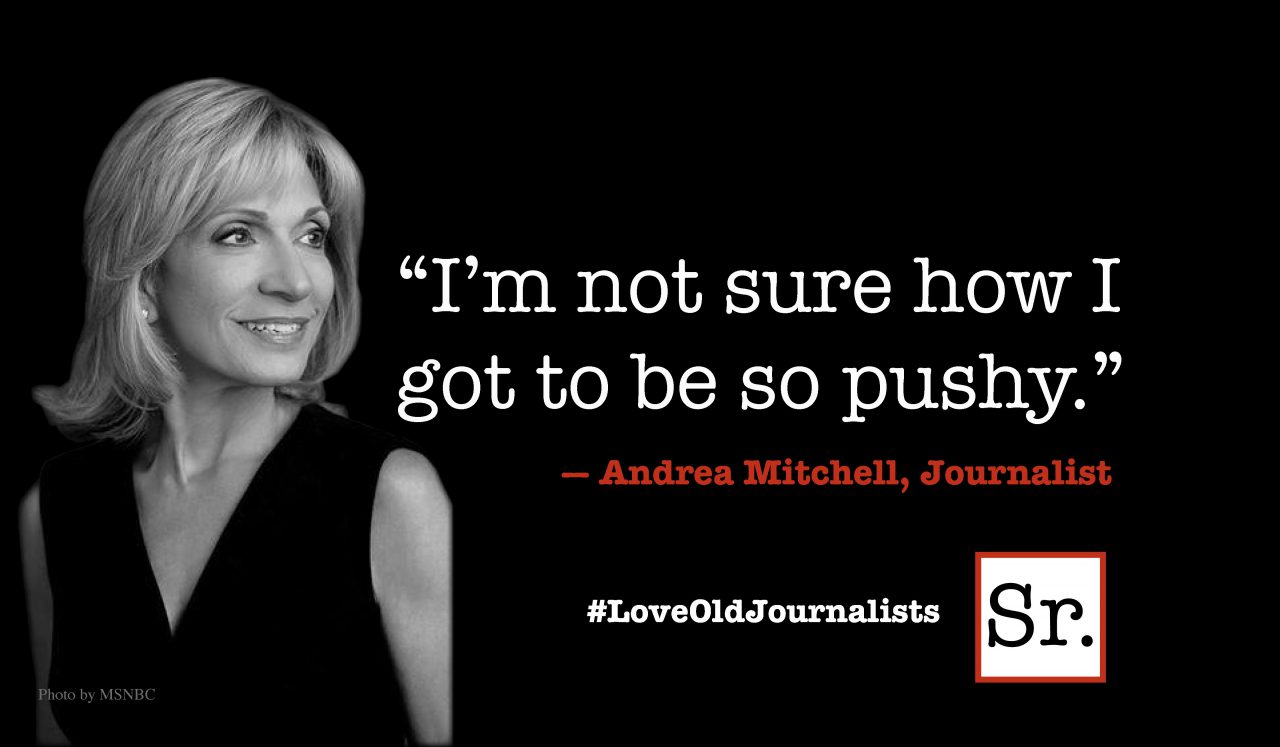This is the year I reach my sell-by date so my breakfast reading usually includes the New York Times obits.
This is not an opening for, “and if my name isn’t there I get up and begin the day.” My obit will never be in the New York Times. No one knows this better than a retired church journalist. I spent decades failing to convince Times editors that a particular dead Baptist or ecumenical leader was important enough for a coveted Times obit. My only consolation was that the dead luminary couldn’t complain.
Now the Times obit department – perhaps aware of the millions of Boomers reading over its shoulder – has expanded its scope to honor not only the recently deceased but to include nostalgic retrospectives on the long dead.
A recent “Not Forgotten” column included Dr. Jonas Salk, who died in June 1995.
For persons of a certain age, notably mine, there are few figures of the twentieth century who stand taller. He invented the first effective vaccine against infantile paralysis and, because of him, my parents could let my siblings and me swim in Eatonbrook Reservoir without worrying we’d die of polio or be crippled for life. That was a big load off everyone’s mind and in 1955 in the midst of the Cold War, one less big load was a big deal.
But I was nine then and skeptical that the cure was worth a painful needle jab in the arm. I have vivid memories of standing with my fellow fourth graders in long lines in the school gymnasium as Doc Matthias sat behind large vials of the vaccine, loading needles and inoculating 500 students, K-12. Standing beside Doc was the school nurse, using the favored psychology of the fifties to brace us for the pain: “None of the kindergartners cried,” she kept repeating. It wasn’t true, but it made our own tears more humiliating.
Twenty-one years later I shook Dr. Salk’s hand during an American Baptist biennial meeting in San Diego, Calif. Salk was there to present the Baptist Dahlberg Peace Award to Dr. Robert Hingson, inventor of the jet inoculator that had been used to administer polio vaccine to millions around the world.
Unlike the serious lab-coated Salk I knew from My Weekly Reader, staring dourly at his test tubes, he smiled genially. His thinning black hair, now white, had grown past his collar, and he seemed surprisingly animated for a laboratory squint.
I saw a potential story. As I leaned toward him he probably knew what I was going to ask. He grasped my shoulder and pulled me closer, still shaking my hand.
“Dr. Salk,” I said nervously, “Do you have time to sit with us in the newsroom for a few questions?”
He never stopped smiling. “Love to, of course, but, nah. Bobby and I are having lunch.” He winked, patted my arm, and disappeared into the Baptist crowd.
Of course it would have been intrusive to escort the great man to a dark newsroom, surround him with amateur photographers, and ask him impulsive questions, like, when did you first decide to cure polio.
But for me it was a Forrest Gump moment. Church communications jobs and small newspapers provide a lot of chances to stand on the sidelines as a Dali Lama, Jimmy Carter, Corretta King, or Jesse Jackson strolls past.
Salk strolled near me at a Baptist meeting in San Diego because we were both there to honor Robert Hingson, a Baptist layman whose invention of the jet inoculator “Peace Gun” led to the protection of millions of people around the world against many dread diseases, principally polio.
Unfortunately in the HIV era the “Peace Gun” became unsafe to use and Hingson saw his greatest accomplishment discarded.
But he, like Salk, was still a savior of millions.
Hingson died of Lou Gehrig’s disease in 1996. He was another great Baptist figure given short shrift by the New York Times obit editors.
But Robert Hingson, like Jonas Salk, is one of many “Not Forgotten” figures of our age who changed our world forever. And I hope to read more about him in a future breakfast time perusal of the obits.









